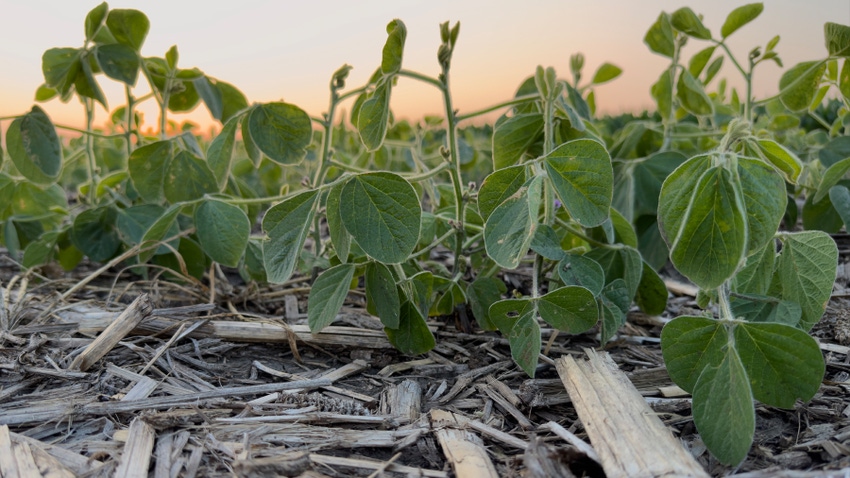
Planting soybeans mid-April in Iowa puts a new spin on the traditional practice of planting corn before soybeans. Still, there’s a strong argument to be made for planting soybeans as early as April 10-15 in Iowa. Early soybean planting may maximize sunlight and photosynthesis to produce:
more nodes on main stem
longer seed filling period
greater seed filling rate
All this can transfer into greater yields at harvest. Still, don’t lock in early soybean planting dates just yet.
Soybeans in Iowa can be planted as early as April 10-15, as crop insurance protection kicks in the southern three reporting districts on April 10 and April 15 in the northern six crop reporting districts.
“It all comes down to planting conditions,” says Mark Licht, Iowa State University Extension agronomist. He says soybeans can be planted on those dates if:
Soil is fit for planting. (If it’s wet, wait.)
Soil temperatures are above 50 degrees F and rising.
The two- to seven-day forecast is favorable for planting with warm temperatures and sunny skies. (If rain and cold temperatures are forecast, park the planter for a few days.)
“You want soybeans to have quick germination and emergence with little disease pressure,” Licht says. This won’t occur under cold soils, and chilly and wet weather, he says.
What about corn?
These parameters also apply to corn. Like soybeans, corn also benefits from April planting. Crop insurance protection kicks in April 10 for corn statewide. So, should you plant corn or soybeans first?
“It really depends on how many acres you are planting and what your capabilities are,” Licht says. Farmers who can complete corn and soybean planting by May 20 will sacrifice some yield potential as opposed to finishing in a few weeks earlier, but differences are minimal, he says.
In the case of soybeans, you may glean yield benefits by planting in April, but that’s not a given.
What is a given is that yields start crashing after May 20. ISU and other Midwestern land-grant universities show soybean yields decline 0.62 bushel per day after May 20, with the potential of a yield loss higher for corn.
“If you can’t get done planting by May 20, your yield loss for late planting is greater with corn,” Licht says, adding that farmers should then opt to plant corn first.
More risk
Planting soybeans in April entails more risk, as an early frost that clips soybeans with an emerged growing point can trigger replanting — the ultimate in late planting. Licht advises bumping up seeding rates from the 125,000 to 140,000 seeds per acre to obtain a final harvest population of 100,000 plants per acre.
Disease risk also increases. “You’re more likely to see benefits from fungicide seed treatments when you plant in earlier weather,” he says. Early-planted soybeans are also more prone to later bean leaf beetle infestations.
“You have to recognize how you are going to manage these early planting situations, and how you will hedge your bets against pests and a replant situation,” Licht concludes.
About the Author(s)
You May Also Like






